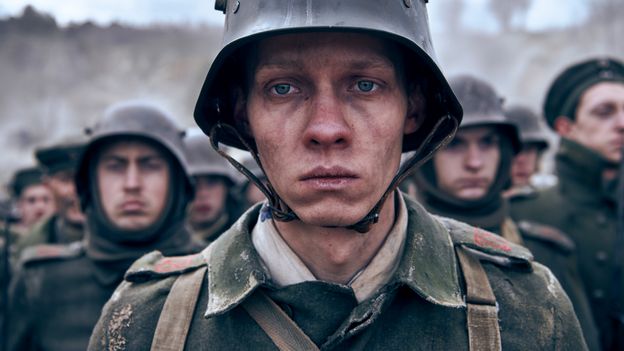
Some of the nominations for best picture at this year’s Oscars were easy to predict. The Fabelmans is the venerable Steven Spielberg’s love letter to cinema, for instance, so that was a de ad cert. Top Gun: Maverick
Still, perhaps that’s an outdated way of looking at it. The Oscars, and the film industry in general, have changed recently in all sorts of radical ways. And if you put those ways together, then suddenly Berger’s epic war drama seems like the most logical best picture choice of all.
More like this:
– How Top Gun: Maverick shocked the world
– The incredible plot that tricked Hitler
– The ultimate anti-war films
One significant reform came in 2009, when the Academy announced that the number of films in the best picture category was being increased from five to 10. In theory, this would allow such blockbusters as The Dark Knight and Wall-E to be nominated for the top prize, as both had been snubbed earlier that year. In practice, blockbusters still don’t have much luck: Black Panther and Joker are the only superhero movies to have been shortlisted since 2009. But the new rule has led to more unusual films appearing in the best picture line-up – and more films that aren’t in English, too.
Up until 2018, only nine such films had ever made it into the category: a rough average of one every decade. But ever since Alfonso Cuarón’s Roma was nominated for 2019’s top Oscar, there has been one non-English-language contender every year – and a Korean film, Parasite, won best picture in 2020. “Once you overcome the one-inch tall barrier of subtitles, you will be introduced to so many more amazing films,” said the film’s director, Bong Joon-ho, when he collected his statuette.